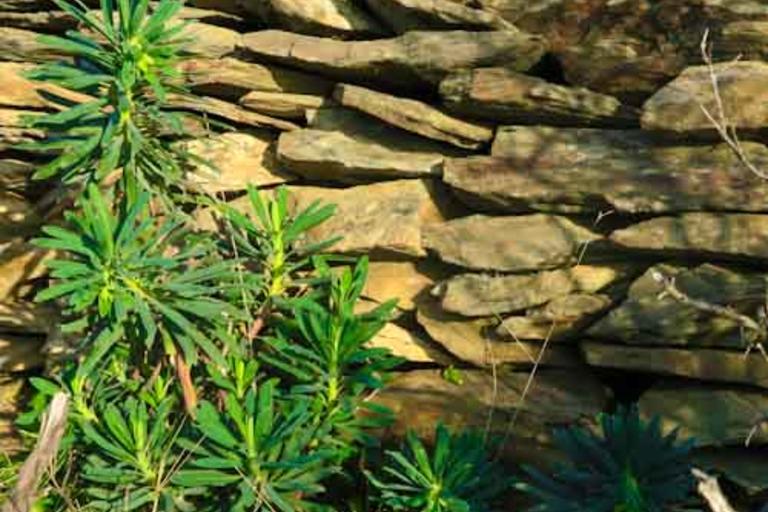
Introduction
If you look in front of you, you can still find the rocky landscape with numerous, small banks of dry stone and small terraces where the vines were grown. You will also find some vineyard huts which also served as a shelter for shepherds.
The present landscape of the Cap de Creus is heir to the agricultural areas that started to be opened up at the end of the first millennium and which, with various highs and lows throughout history, lasted until the end of the 19th and the beginning of the 20th century. The vines disappeared with the onset of phylloxera towards the end of the nineteenth century and they turned to the cultivation of olive trees which suffered from the frosts of 1959. When it was learned how to deal with phylloxera using American grafts, the type of rugged terrain, the difficulty of mechanising this, low productivity and prices, made vine growing unfeasible.
From this moment of abandonment, vegetation succession began to occur but the grazing of goats and sheep (which were still kept in 1960) and fires, were the reason that this evolution did not occur in the heathland you can see.
Often, the fires were deliberately started to clear pastures for the transhumant cattle that came down from the Pyrenees in winter.
We can see Roses and Aiguamolls de l'Empordà, where cereal and fodder cultivation were more productive.